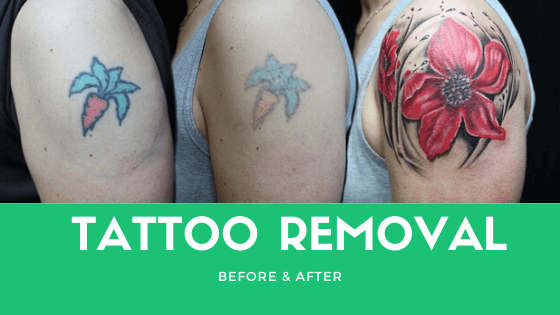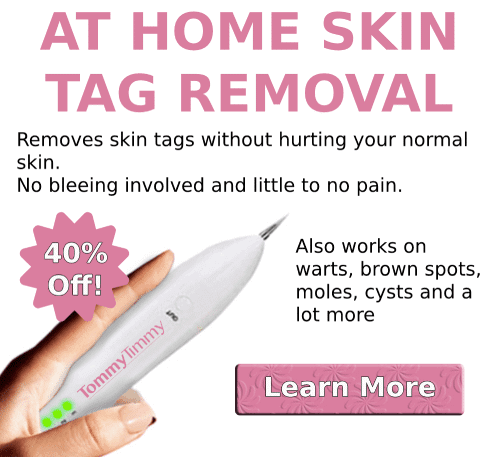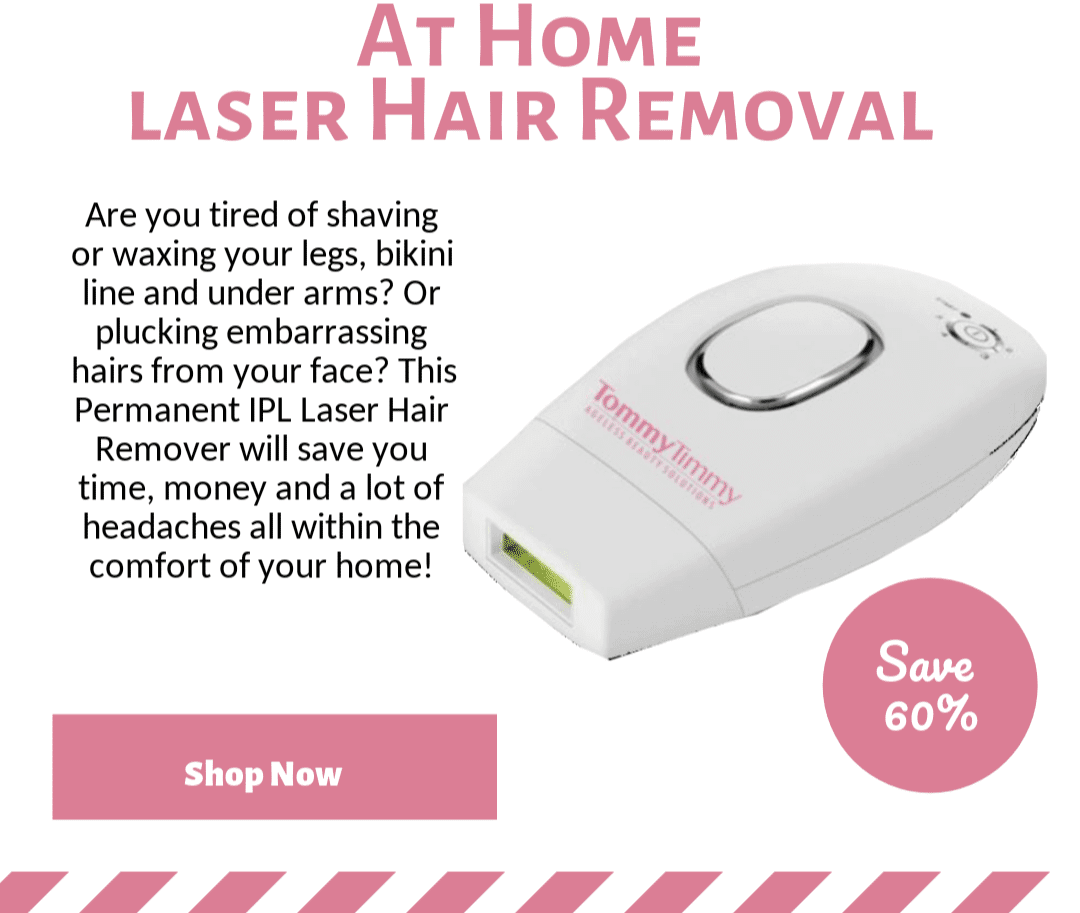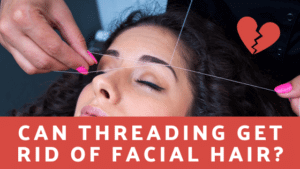Even knowing that a tattoo is a life long commitment, some still sit in that chair for all the wrong reasons. More ethical artists refuse to work on anyone who is not sober, or at least they try to persuade clients not to etch their current partner’s name on their skin. And this is not taking into consideration all the bad art that’s floating as well.
Up until recently, the best option to get rid of a bad tattoo was to cover it up with another one. There are even numerous artists that specialize in creating designs that can hide bad work as an alternative to tattoo removal.
Laser tattoo removal has been available for decades, but more often than not, the skin would still be marked to some extent.
Luckily, technology is always advancing, and now we can expect better results. And not only that, there are more methods and products available now that can get the job done. We will take a look at those methods and their short and long term effect on the skin.
Contents
Laser Treatments
Since the introduction of Q-lasers in the 1990s, laser treatments have become the most reliable method for tattoo removal. Lasers target the ink particles in the skin and cause them to fragment into smaller particles that can be cleared away by the body’s immune system.
Procedure
The procedure is least invasive in comparison to others but is still quite painful. In the case of large and elaborate designs, it could take over 10 sessions to completely remove the tattoo. However, based on the type of ink and the age of the design, there is still a chance that some pigment will remain.
This procedure will leave a wound that will need to be cared for to prevent infection or additional damage.
After The Procedure
It will take up to a week for the wound to heal after each session, and before you can have the treatment again.
After the course is completed, the skin will be more sensitive for a while. You should keep it clean and protect it for the sun. Even without visible changes, it would not be a bad idea to schedule an appointment with a dermatologist two or three months down the line. However, if everything was done properly, there should not be any scarring or long term irritation.
If you plan to get a new tattoo in the recent future, laser removal is the only gentle enough option. Some clients would have one or two sessions to lighten their old design, so they have more freedom with their cover-ups. In this case, you still need to leave ample time between the last laser treatment and a new tattoo. The wound may heal within a week, but your skin will not be ready for new work for months.
Dermabrasion
In the plainest of terms, the dermabrasion method could be described as scrubbing the tattoo away.
Procedure
This procedure is very painful and will have to be done under either local or general anesthesia. A medical grinding tool removes the outer layers of the skin in a controlled manner. The tattoo is removed by removing the layers of skin that contain ink.
Dermabrasion will also take multiple sessions to show results. But, it might not be suitable for anyone with sensitive skin or dermatitis.
After The Procedure
Just like in the case of laser removal, there will be a wound left that needs to stay clean and protected. However, dermabrasion wounds will take around two weeks to heal between sessions.
After the course is completed, the skin will be very sensitive. It will have to be protected from the sun and harsh chemicals for a long time. There is a chance of discoloration, but it should not be permanent. However, there should not be any permanent scarring.
Avoid any new tattoos in the area for at least a year. Even then, talk with the professional first. If done too quickly, there is a high risk of injury and infection.
Chemical Peels
Dermabrasion and chemical peels are identical in their premise – layers of skin with ink are removed, therefore the tattoo is removed. The main difference is the tool used.
Procedure
During chemical peel treatments, trichloroacetic acid (TCA) is used to remove top layers of the skin. TCA is a mild acid but is still not suitable for amateur use. Make sure that you are getting this treatment from a tattoo removal licensed esthetician, a dermatologist or a cosmetic surgeon. There are some instructions on the internet of how to DIY this treatment, but it would be better not to try it.
After The Procedure
TCA treatment wounds heal within a week. If they are kept wrapped and clean, there should be no infection or scarring.
Though the wounds heal faster than the ones from dermabrasion, all other warnings apply. Skin will be very vulnerable for a long time and you will have to be diligent with sun protection. Any acne-fighting skincare products should also be avoided because they will irritate the area.
Tattoo Removal Creams
Here is something that has some popularity on the internet, but not many artists or dermatologist would readily recommend.
In short, tattoo removal creams are supposed to work like chemical peels. So, if a cream works, it contains a lot of harsh chemicals. Not the best idea for use at home.
If you want to try one out, make sure to do it under the surveillance of a dermatologist. Otherwise, you could damage your skin.
Surgical Removal
This is the cutting off of the tattoo. The skin containing the design is removed, and the remaining skin is stitched together.
It is only suitable for smaller designs. The main benefit of the method is that everything is completed within one appointment.
As it is a surgical procedure, it will likely require full anesthesia.
After The Procedure
There will be scarring. The size and the shape of the scar depend on the design that should be removed. It can be minimized with small stitches or skin glue, or laser treatments after.
You will probably have to wear bandages 48 hours after the surgery, and it might take between 6 to 8 weeks or the wound to heal. During that time you will have to avoid any heavy physical activity, harsh chemicals, and sun exposure.
If you are planning a new design, the skin will not be ready for years for it. Even then, the texture will affect the way skin holds onto the ink.
Tattoo Cover-up
Not a removal method, so we are going to give it just a quick mention. If you are considering this instead of removing the tattoo altogether, keep in mind two things.
First, then the new tattoo will have to be bigger and darker/brighter than the old one. And second, if you entrust this job to just anyone and not someone who knows what they’re doing, it could end in tears. Again.
If you are working with the right artist, you will end up with something that looks seriously beautiful.









